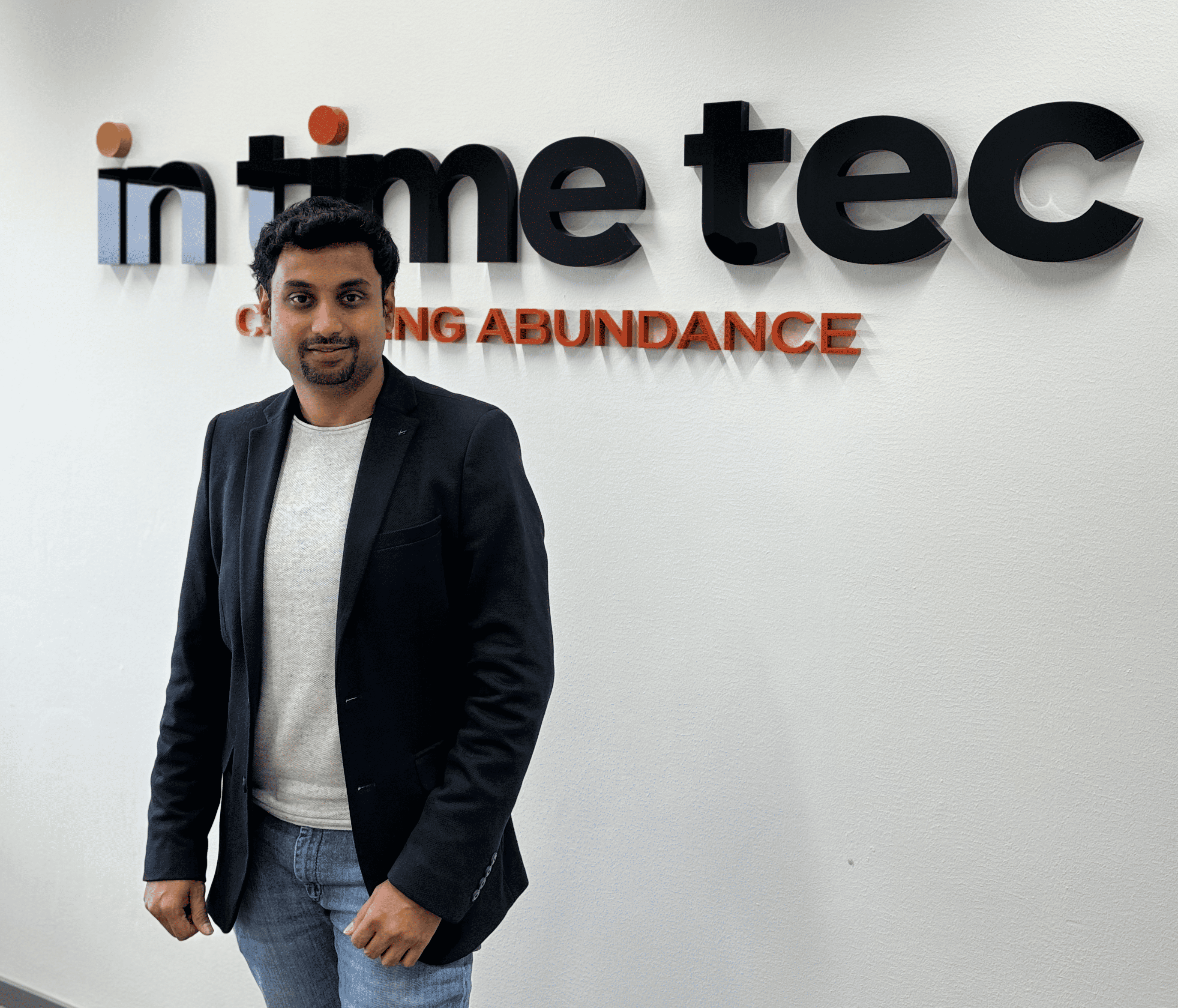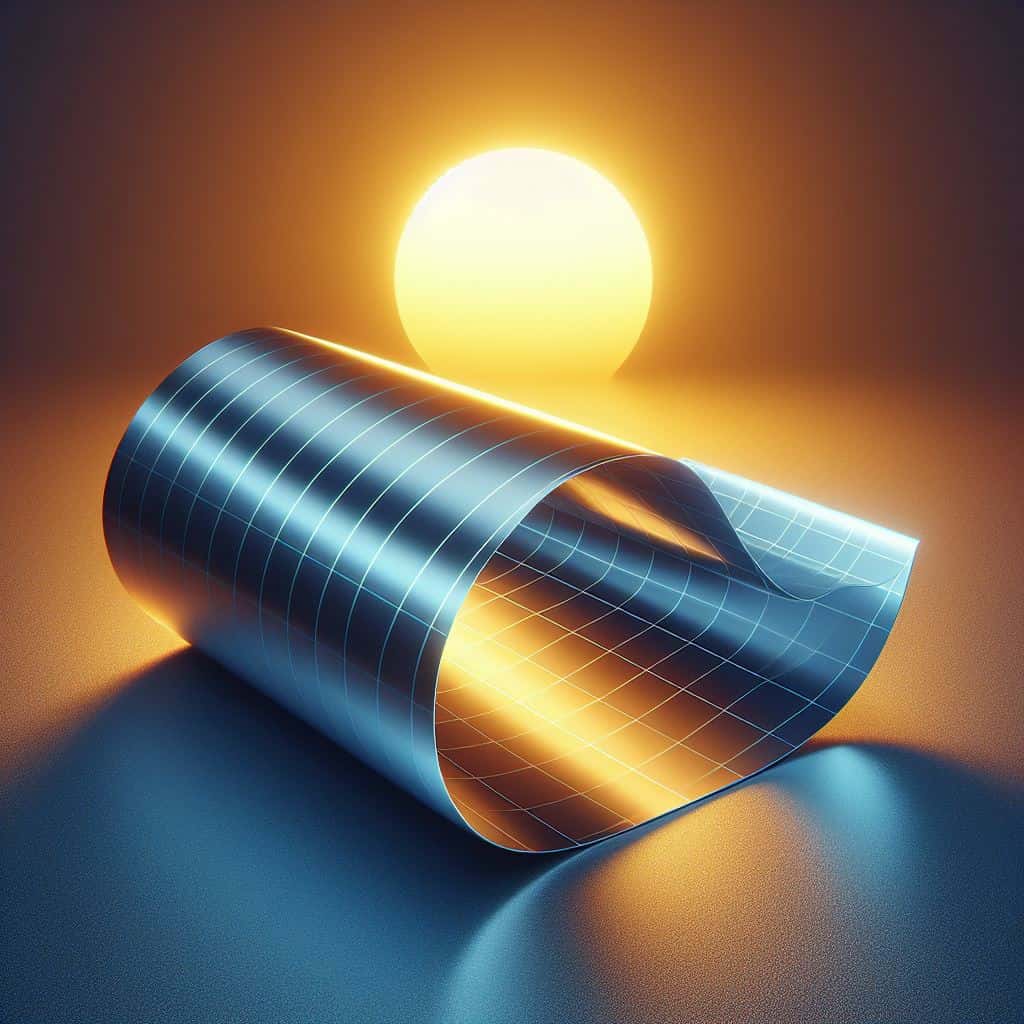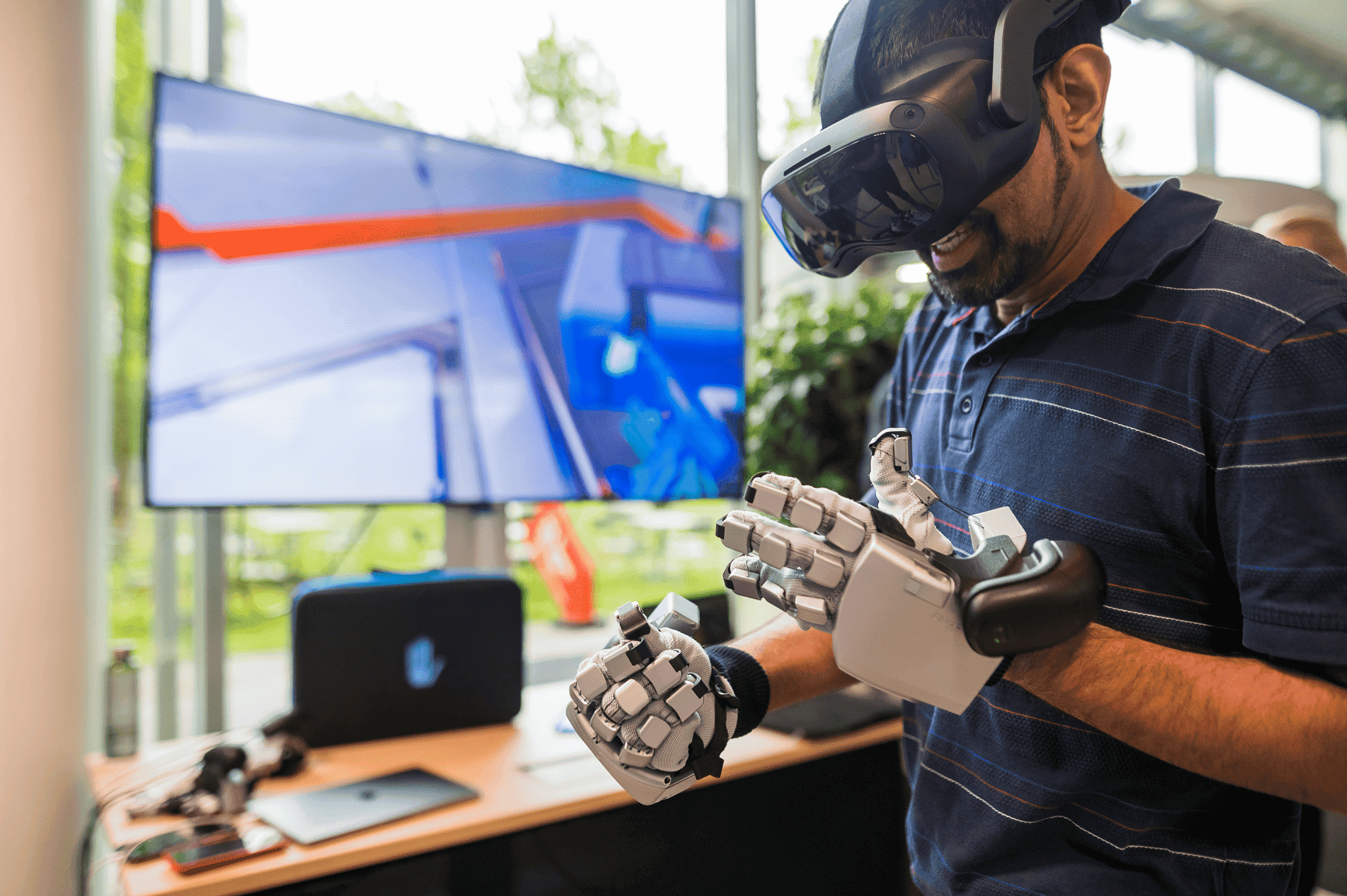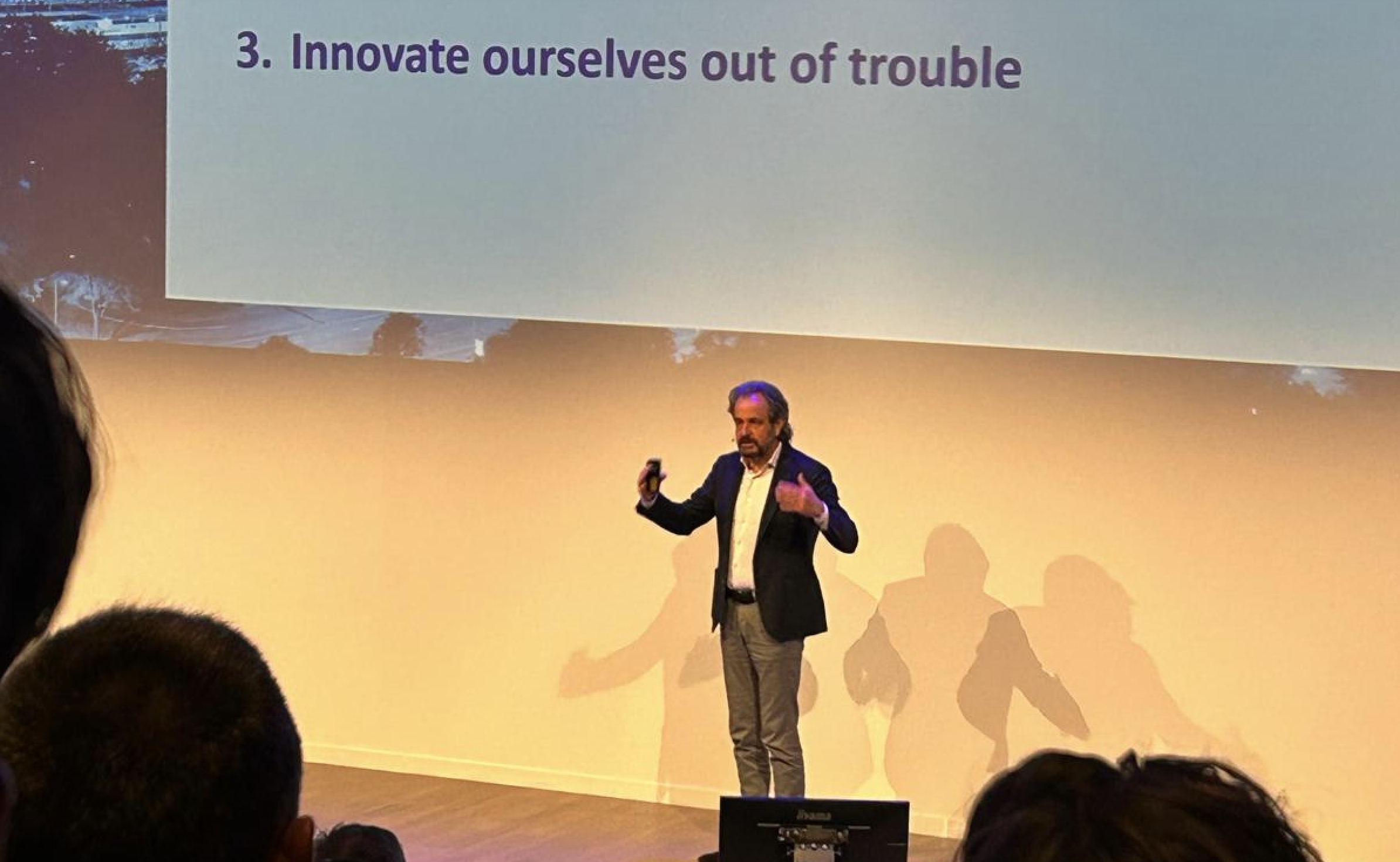
Holst Centre en de Amerikaanse ultra-dunne ceramics leverancier ENrG Inc. zeggen de allereerste keramische flexibele OLED te hebben ontwikkeld. Volgens Holst belooft het device, gemaakt op een 20-40 µm dunne keramische laag, een levensduur van tenminste 10 jaar zonder de vorming van zwarte vlekken. De keramische drager is makkelijk te hanteren en kan extreem hoge temperaturen aan.
OLED (organic light-emitting diode) is een halfgeleider lichtbron. OLEDs worden vaak gebruikt om digitale displays te creëren in devices zoals tv-schermen, pc-monitors, smartphones en games consoles.
In een persbericht claimt Holst dat de keramische onderlaag die gebruikt is voor de prototypes van 12 bij 2,5 cm, de beste eigenschappen van andere fleexibele OLED dragers combineert. “It offers an intrinsic barrier to protect the sensitive OLED from the environment, as with metal foils or flexible glass. But it is much easier to handle than either. Like plastic films, the ceramic offers the potential for semi-transparent devices. In fact, its slight opaqueness actively improves light outcoupling, opening the door to higher devices efficiencies. Unlike plastic films, though, the ceramic can withstand temperatures up to 1000 oC.”
Lees hier het volledige persbericht.








